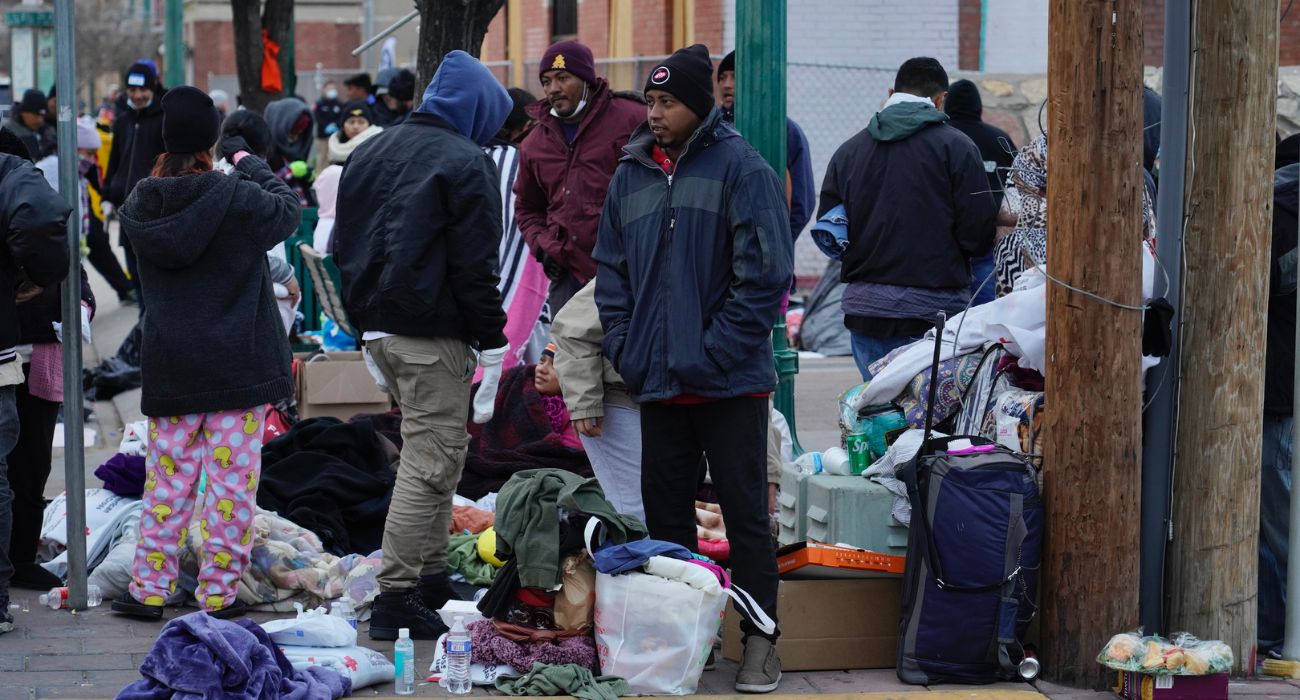Title 42 restrictions — which allowed officials to use a public health emergency to block potential migrants — expired on Thursday, prompting concerns that an influx of unlawful migrants would arrive at the United States’ southern border.
But unlike a decade ago, most unlawful migrants attempting to cross the border these days are citizens of countries other than Mexico. In fact, according to NBC 5, only about a third of those stopped at the border are Mexican nationals. This is a significant drop from the 85% recorded in 2011.
A large number of those attempting to cross the Southern border are coming from places like Cuba, Nicaragua, Peru, Haiti, India, and Russia, according to NBC 5.
Although the number of unlawful crossings fell in January after the Biden administration announced asylum restrictions, the numbers began climbing again in the middle of April. The National Border Patrol Council said that they are nearing 7,200 encounters with unlawful migrants each day, compared to 5,200 per day in March, NBC 5 reported.
Whether potential migrants are accepted into the U.S. or turned away depends, in part, on where they originated from.
For instance, Cubans, Haitians, Nicaraguans, and Venezuelans — commonly abbreviated as CHNV — made up 40% of people stopped at the border in December, although since March, they have constituted only 3%.
The Biden administration said in January that 30,000 people from these countries could enter the United States on parole each month as long as they applied online and had financial support from a backer. Mexico has agreed to take in an equal number of migrants from these four countries who entered the U.S. unlawfully and were expelled.
People from Guatemala, Honduras, and El Salvador have made up a large portion of the unlawful migrants to the U.S. over the last 10 years. Nationals from these countries who were denied entry into the U.S. because of Title 42 restrictions in place since March 2020 have been taken by Mexico.
Now that the Title 42 restrictions have ended, the U.S. plans to accept 100,000 people from these three countries who are reunifying with family members already in the U.S.
Those not qualifying for reunification may be flown back to their home country of origin.
Mexican nationals are the easiest to deport because of their country’s shared border and proximity to the United States. Unaccompanied minors can also be sent back because they are not covered under a 2008 law against human trafficking.
Asylum restrictions currently under consideration would require migrants to first seek protection from other countries they travel through before arriving at the U.S. border, but would not apply to Mexicans.
Meanwhile, Russians make up the top 740 slots for asylum seekers through the CBP One app, which is used to apply for asylum. Haitians and Venezuelans are the other top nationalities on the app, according to NBC 5.






